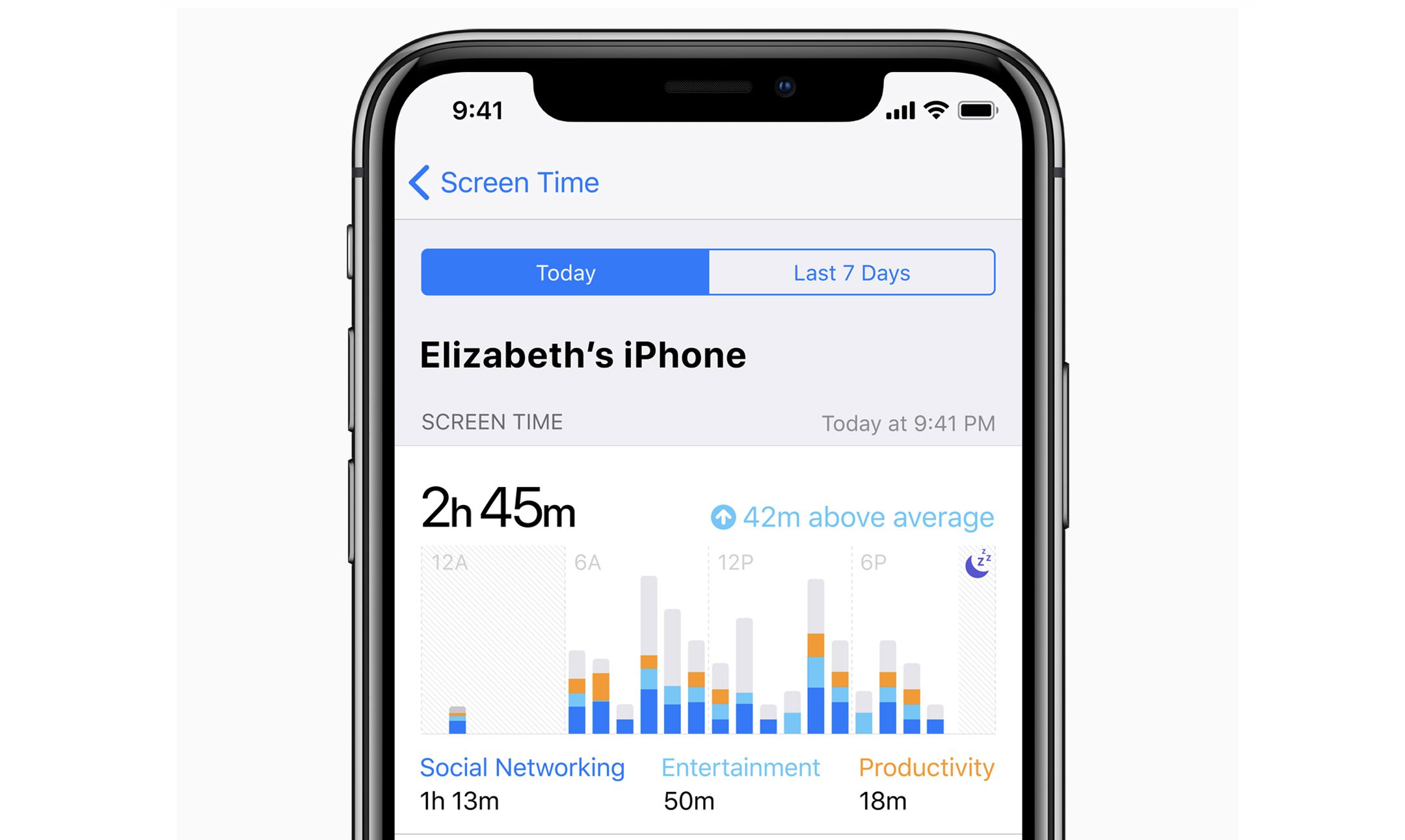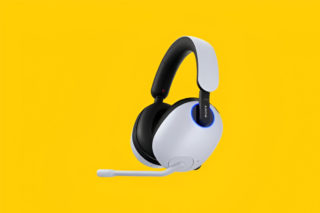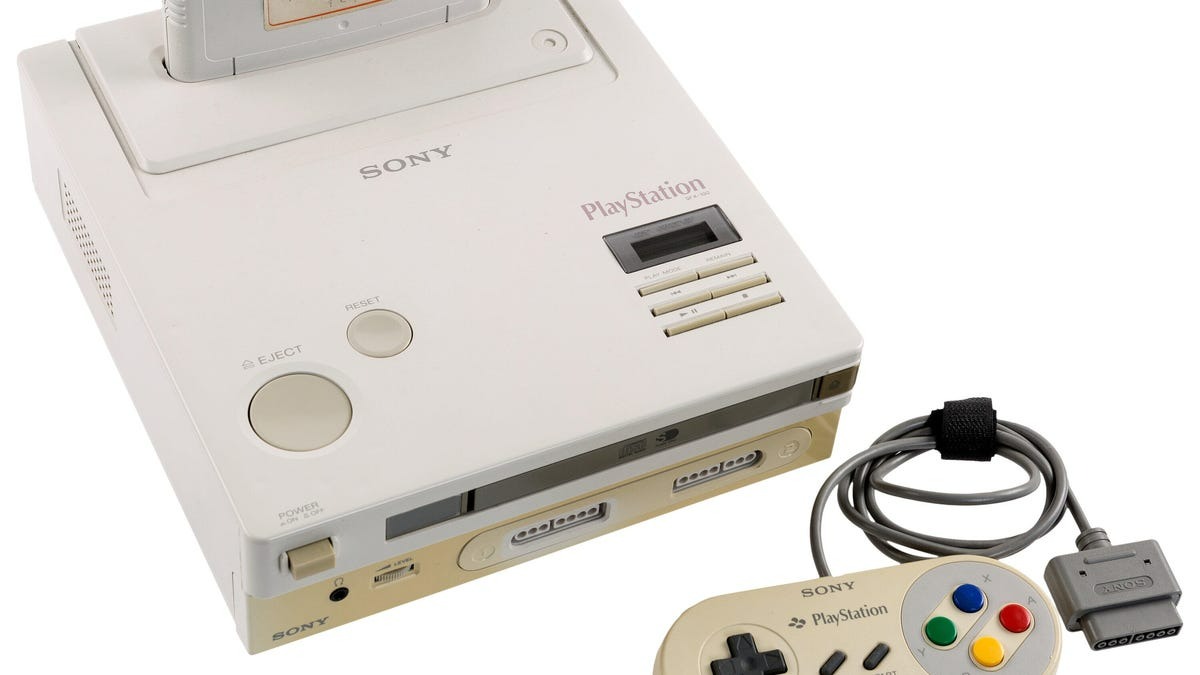Racing through your morning routine, you grab your phone to check the weather and somehow find yourself 20 minutes deep in TikTok videos about sourdough starters. Sound familiar? Your iPhone has been documenting every minute of this digital drift, creating a comprehensive behavioral diary you probably didn’t know existed.
Screen Time Records Everything You’d Rather Forget
Your phone tracks pickup frequency, notification counts, and usage timing with unsettling precision.
Screen Time operates like a relentless personal assistant, logging app usage, device pickups, and notifications since iOS 12 launched in 2018. Navigate to Settings > Screen Time > See All App & Website Activity, and you’ll discover your phone has been maintaining detailed records of daily usage patterns, app-by-app breakdowns, and—perhaps most revealing—how many times you’ve picked up your device throughout the day.
The pickup frequency metric often shocks users most. That casual “quick check” habit reveals compulsive behaviors most people don’t realize they have, with some users discovering they unlock their phones hundreds of times daily.
The Data Reveals Digital Patterns You’ll Want to Deny
Weekly reports show usage timing and notification frequency that expose your actual relationship with technology.
Screen Time doesn’t just count minutes—it maps your digital habits. Late-night Instagram scrolling sessions appear in stark chronological detail, while morning phone checking rituals get documented down to the minute. The notification tracking reveals which apps demand your attention most aggressively throughout the day.
Like a fitness tracker for your attention span, these reports often contradict users’ perceptions of their own behavior. You might think you’re a light social media user until Screen Time reveals hours daily across various platforms.
Journal App Offers the Privacy Plot Twist
Apple’s newest app lets you hide thoughts behind biometric locks while Screen Time watches everything else.
Introduced in iOS 17.2, the Journal app represents Apple’s philosophical contradiction in action. While Screen Time surveils your behavior automatically, Journal provides strong privacy protection for your personal thoughts. Face ID and Touch ID secure your entries, creating what Titania Jordan from Bark Technologies calls “essentially a vault app.”
Journal entries and media don’t appear in your camera roll, remaining completely hidden from standard browsing. The irony runs deep—Apple simultaneously offers extreme transparency tools and impenetrable privacy features.
The Monitoring Paradox Puts Privacy in Your Hands
Understanding both features reveals Apple’s conflicted approach to user data and personal digital boundaries.
Screen Time’s automatic documentation serves parents monitoring children and individuals tracking personal habits, while Journal enables the exact opposite—complete information hiding. Parents can block Journal through Screen Time restrictions, though tech-savvy teens often find workarounds using third-party vault apps disguised as calculators or other innocent utilities.
This duality reflects broader tensions around digital privacy, parental oversight, and personal autonomy in the smartphone era. Your phone’s hidden diary has been writing itself for years. The question isn’t whether Apple knows your digital habits—it’s whether you’re ready to confront what that data reveals about your relationship with technology.






























